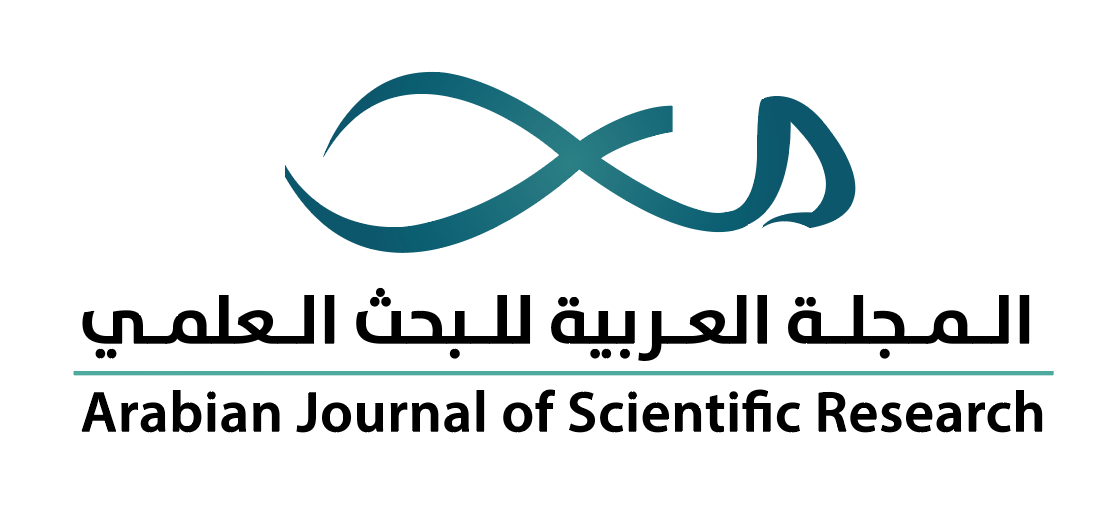-
oa مناجم الزمرد في التراث العربي الإسلامي: نصوص مُهملة في التدوين الحديث لتاريخ التعدين
- Source: Arabian Journal of Scientific Research-المجلة العربية للبحث العلمي, Volume 3 (2022), Issue 2, Oct 2022, 8
-
- 20 February 2022
- 20 June 2022
- 31 October 2022
Abstract
تتجاهل العديد من الدراسات الحديثة في مجال تأريخ التعدين، حقيقة الانتشار الواسع للمناجم في البلاد الإسلامية، والتي تزعم بعضها (جولياني Giuliani، هوزي Heuzé ...)، أن استغلال مناجم الزمرد في صعيد مصر قد توقف في الفترة الغالية-الرومانية وقبل العصر الإسلامي.
لقد اتفق العديد من المؤلفين والجغرافيين والرحالة والمؤرخين المسلمين، كالمسعودي والبيروني والإدريسي والزهري والمقريزي...، على تواجد الزمرد خصوصا في صعيد مصر وكذا في بعض المناطق الهندية-الإيرانية. كما أكدوا على استغلال هذه المناجم في الفترة الإسلامية.
لقد تضمنت النصوص التراثية التي بلغتنا، إضافة إلى المعطيات التاريخية، إفادات مهمة جدا تتعلق بالتحديد المكاني لمناجم الزمرد وتنظيم العمل فيها والتدبير الاقتصادي لها وكيفية معالجة هذا المعدن النفيس والصخور المحتضنة له والعلامات الدالة عليه أو التي تشير إلى قرب الوصول إليه...، مما يدل على الخبرة العالية التي توفرت للمنقبين والمُعَدنين في مجال التنقيب عن الزمرد واستخراجه وللجواهريين في مجال معالجته واستغلاله، خلال الفترة الإسلامية.
Many recent studies about mining history ignore the widespread use of mines in Islamic countries, some of those studies like Giuliani and Heuzé claim that the exploitation of emerald mines in Upper Egypt stopped in the Gaul-Roman period and before the Islamic era. However, many Muslim authors, geographers, travelers, and historians (such as Al-Masudi, Al-Biruni, Al-Idrisi, Al-Zuhri and Al-Maqrizi) have agreed on the presence of emerald especially in Upper Egypt and in some Indo-Iranian regions. They also emphasized the exploitation of these mines during the Islamic period. The heritage texts that has reached us, in addition to historical data, include very important statements related to the localisation of emerald mines, the organizing of work and economic management during the mining process, how to treat this precious metal, the rocks incubating it, and the indications identifying reaching the deposits. All of this implies the high experience of the prospectors and miners in emerald mining and the jewelers in processing it during the Islamic period.


